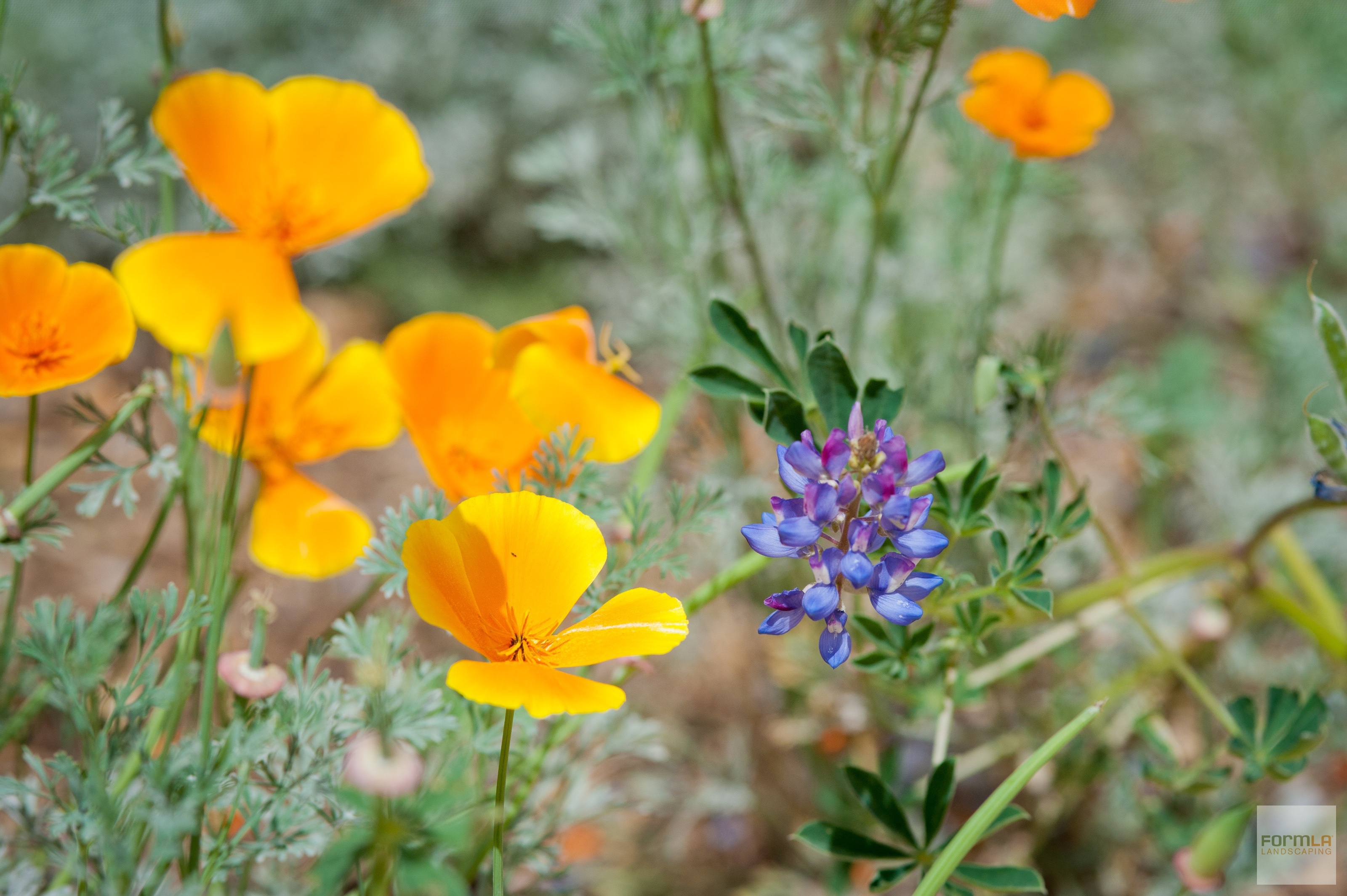its not always easy to tell this time of year – here’s how we make the call
February 2023. By Oscar Ortega: January showers mean we’re already seeing plenty of growth – but are those happy little sprouts wildflowers? Or weeds?
It depends, at least a bit, on what you define as a weed. We’re deeply in love with foliage that provides habitat to California native fauna, and that includes those that walk on the wild side. We do quickly remove problems like fine fuels trying to find a way into our foothills. How do we make the call?
Here are a few of our tricks and tools.
Check Out the Foliage
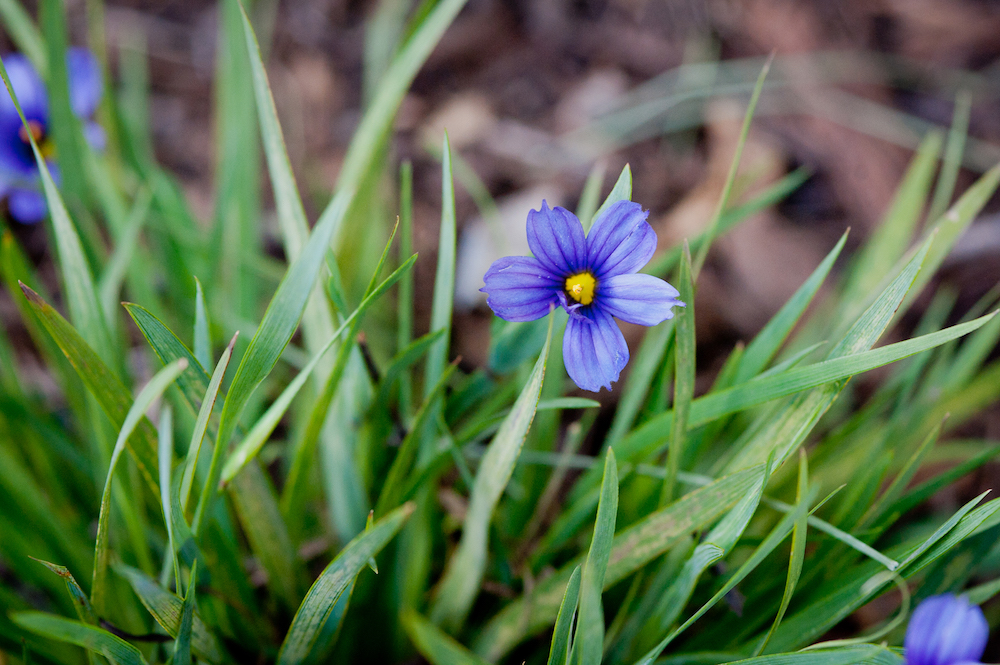
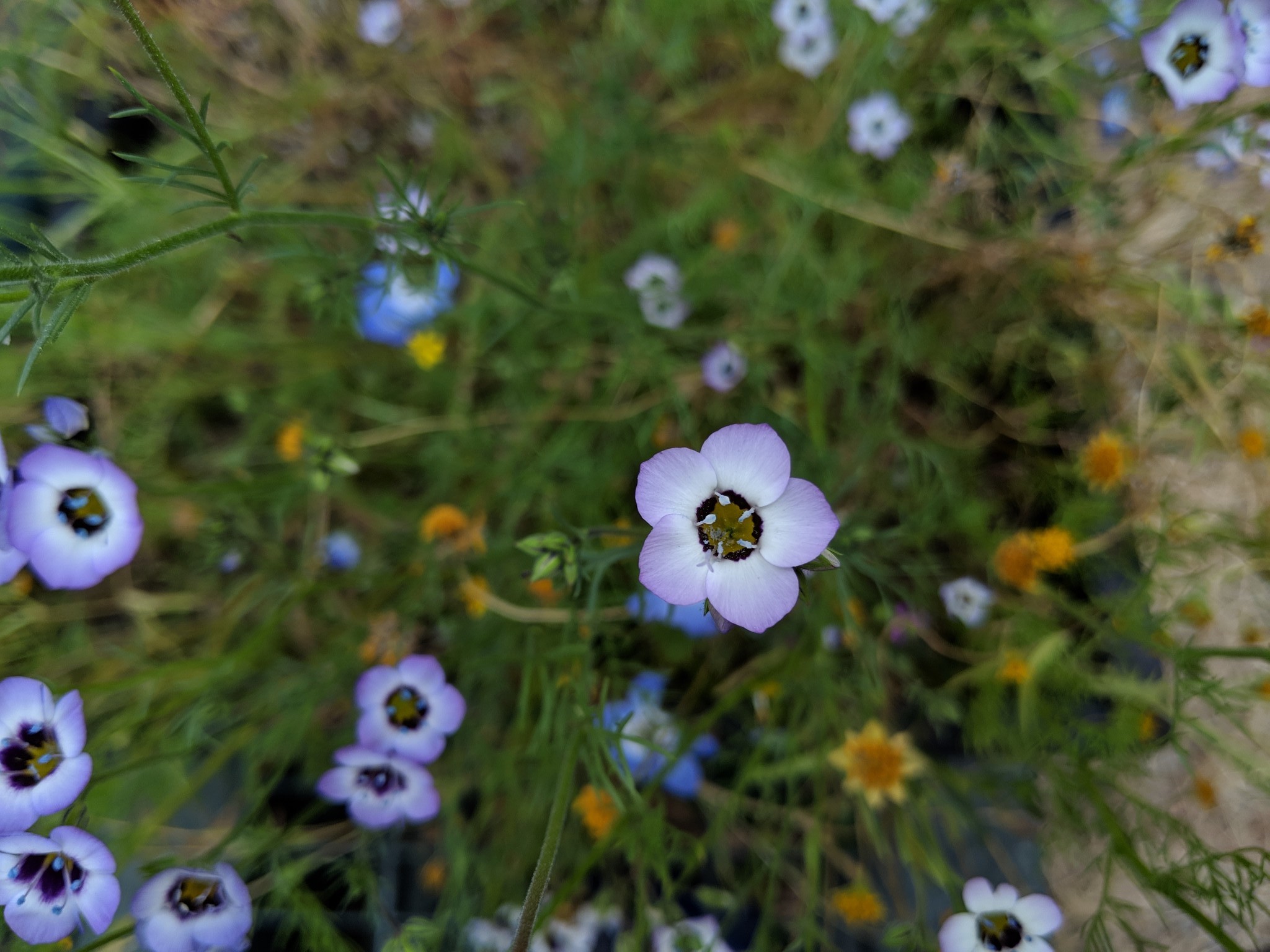
It’s natural to focus on a beautiful bloom, but understanding the full character of a wildflower’s foliage will help you distinguish keeper from creeper at the early stages of your relationship. California native poppies and lupine have truly distinctive foliage.
Blue Eyed Grass and Narrow Leaf Milkweed feel easy to distinguish from invasive Bermudas once you’ve really paid attention to them. Alternatively, you could hone your skill at identifying troublemakers.
Sow the Seeds
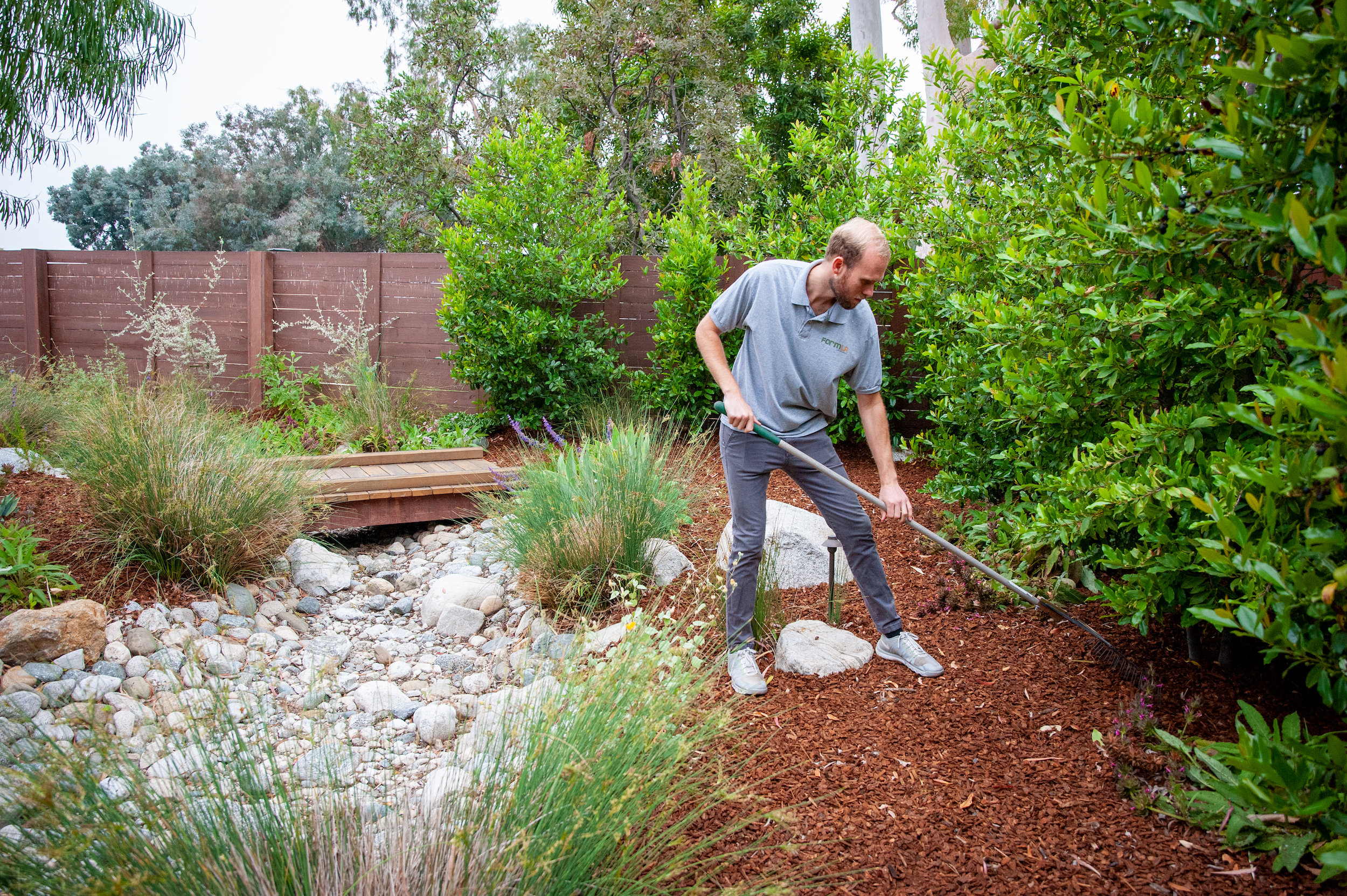
If you’ve actively spread Theodore Payne Foundation‘s Balcony Mix wildflower seeds, seen here, there is a really good chance you’ll have a bumper crop of beauty. Knowing what you planted and where will help. Holding onto the seed packaging can often be useful in both of those efforts – so can a visit to Theodore Payne Foundation’s Wildflower Hill, your locally well-maintained native garden, or a trip to the Las Pilitas Nursery website.
Hold to Your Boundaries
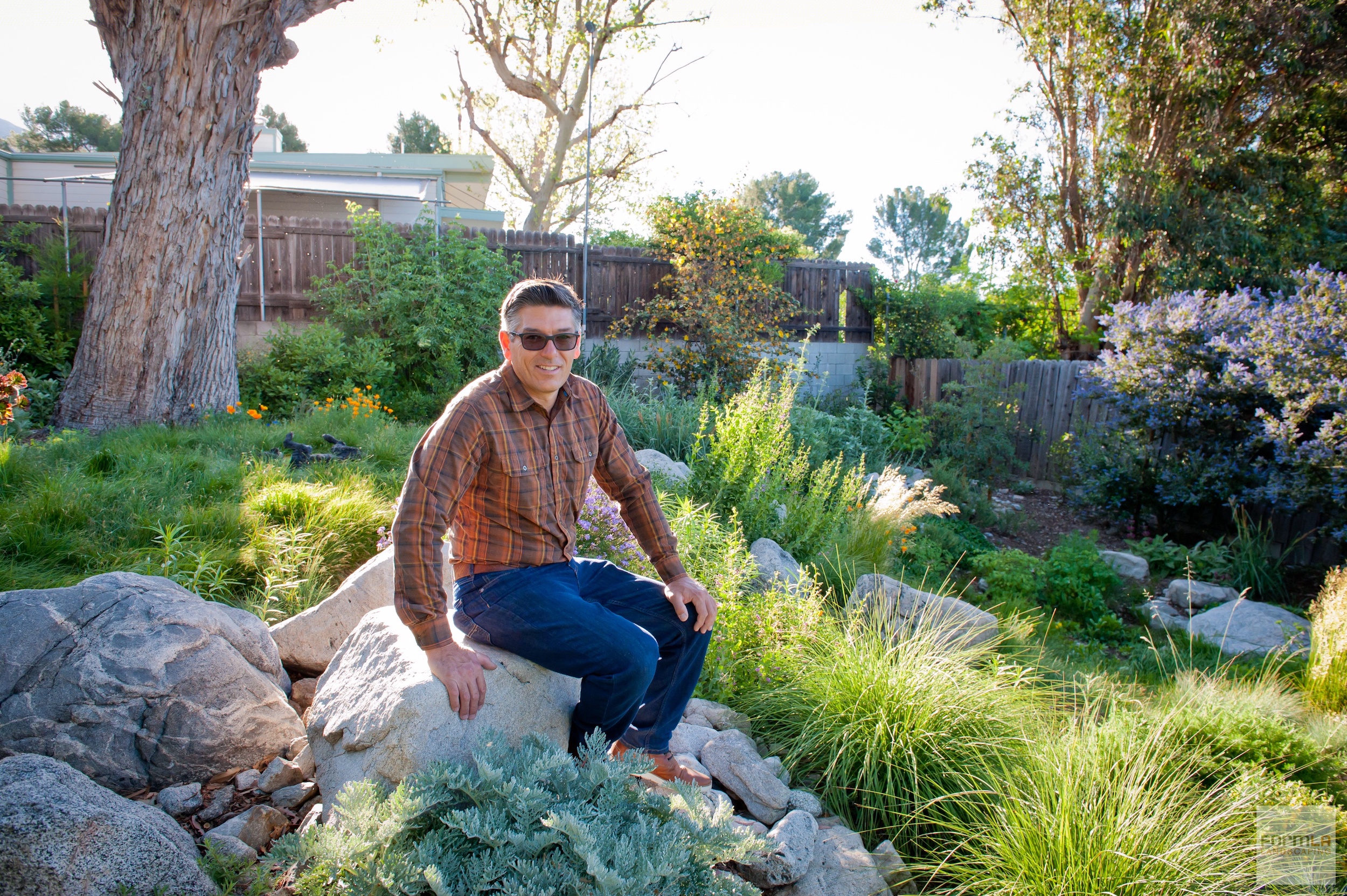
If you have areas you need or want to protect from weed growth, that is 100 percent valid. Add a deep (3-inch) layer of organic wood chip mulch. It will reduce opportunities for invasive grasses to disrupt your garden party. Some beautiful blooms may have trouble pushing through your defenses, but that is often worth the time savings and peace of mind.
Phone a Friend
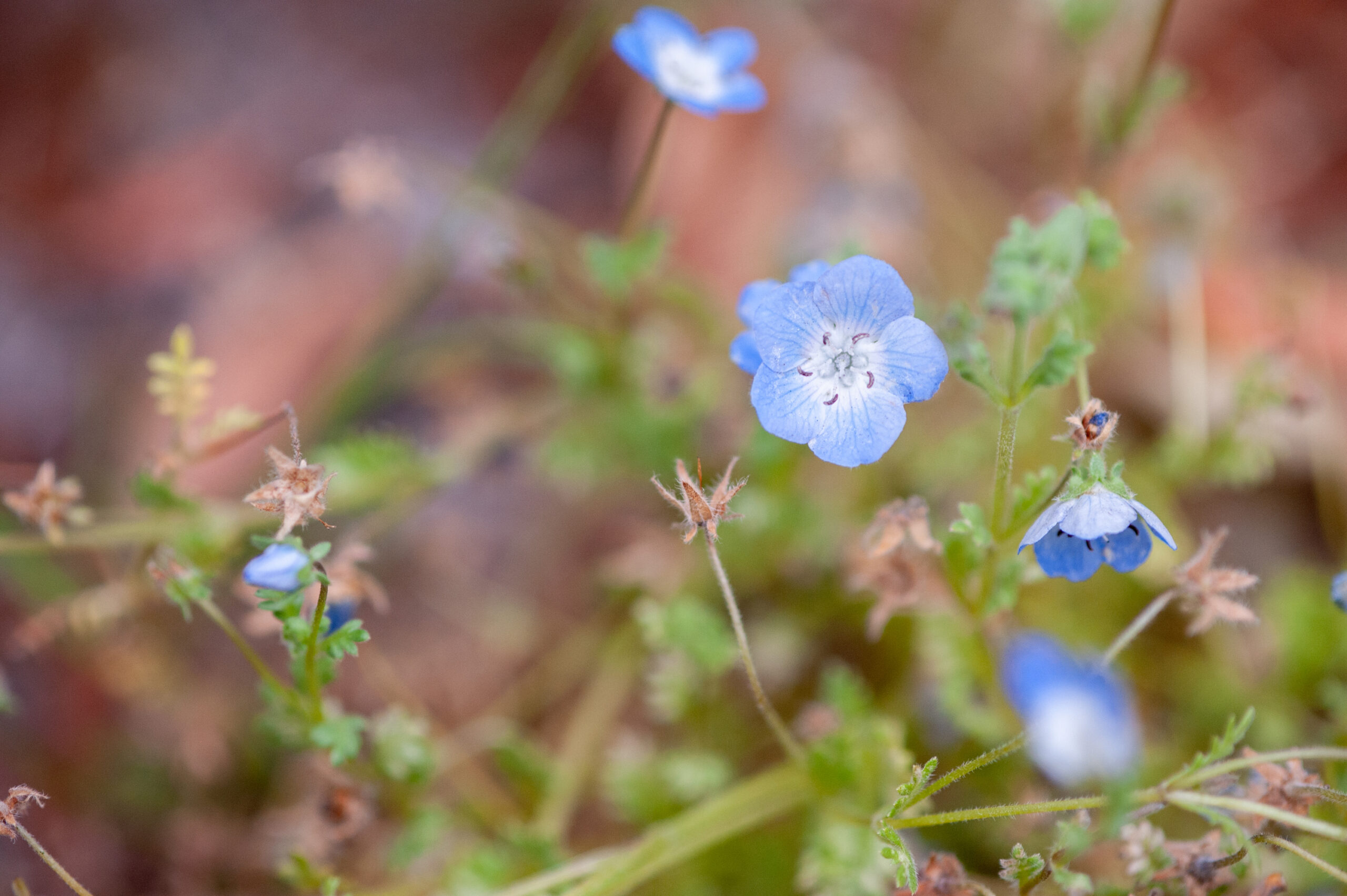
Yes, our own Kirk Aoyagi is a wildflower identifying machine, but we’re not talking about him! There is a wide variety of useful plant identification apps. We’ve found iNaturalist to be particularly adept at identifying California native plants, even some rare fire-followers. Just snap a photo of your sprout, and this large and knowledgeable community will help you out!
When in Doubt…
Don’t pull it out! Unless you have something questionable spreading through an expansive, high fire risk space, consider leaving them until you can get a sense of their intentions. You may just meet someone who inspires the best in you!
Whatever your strategy, we hope you fall in love again each time you enter your garden!
More Information
Remodel with Mulch
EcoMap Tour of Public FormLA Gardens
Instagram Stories: Wildflower or Weed?
